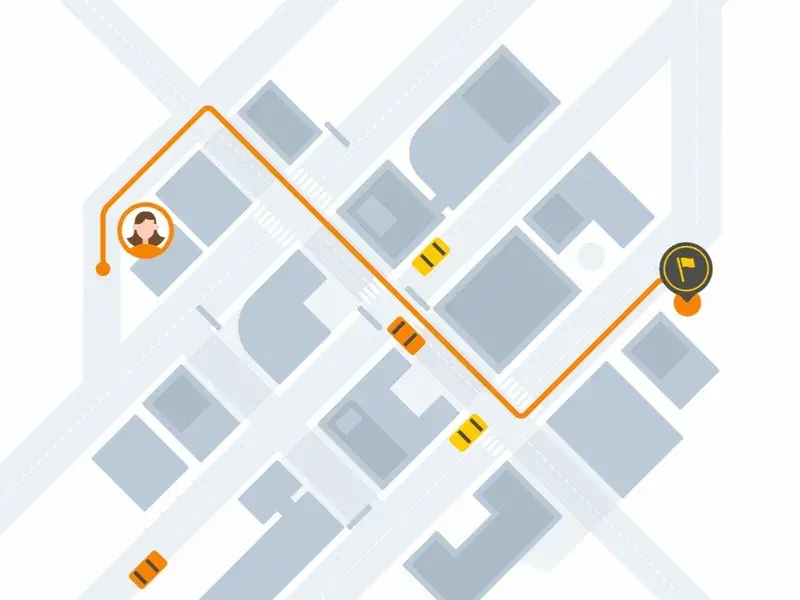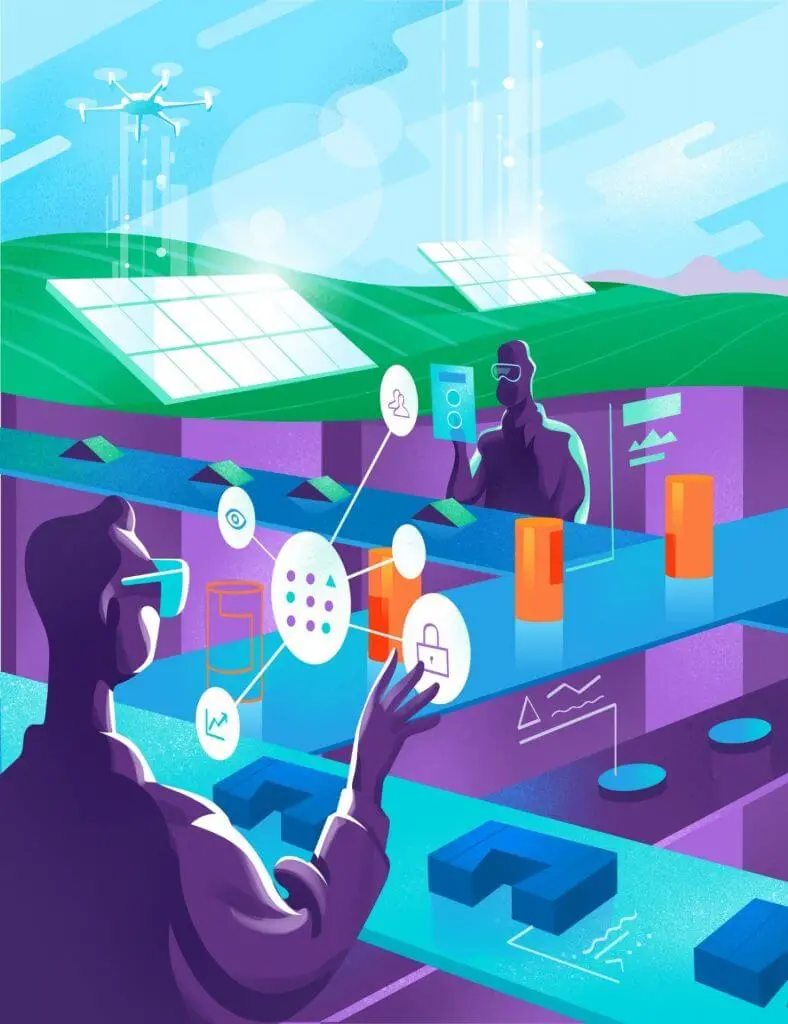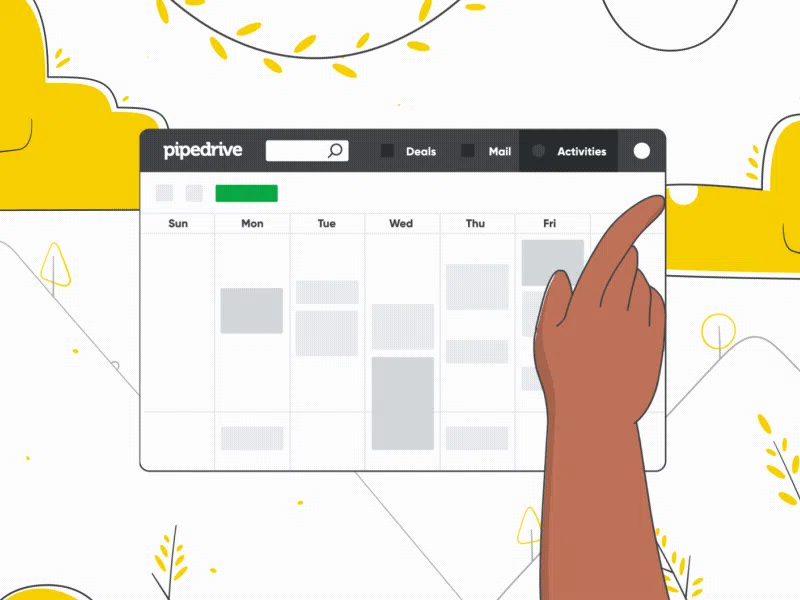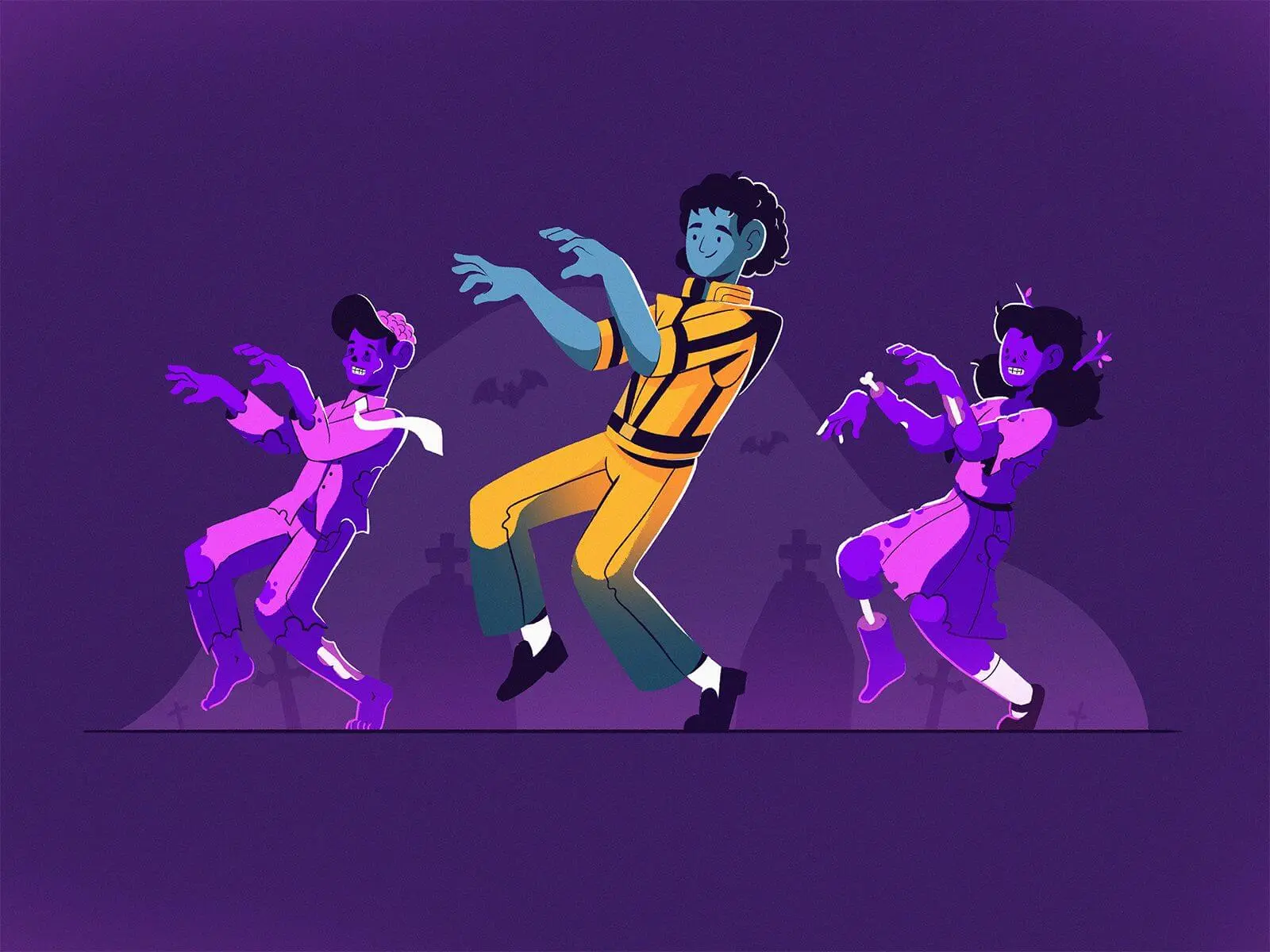A Full-Cycle Video Production: Main Stages You Need To Know
Video marketing is an amazing video production process, investment into your business strategy that helps you gain more exposure and improve how people perceive your brand stages of video production.
92% of businesses that use video say that it’s an important part of their marketing strategy, and we tend to believe you’re not an exception. To make the positive impact of video on your business even stronger, you need to understand the ins and outs of the video production process.
Let’s shed light on the stages of video production, main steps of video making — from the video concept to its implementation.

Why is it Important to Have a Defined Video Production Process?
First of all, it’s much easier to accomplish anything if you have a plan. A well-defined strategy gives you more confidence in the final result as you know what to expect and prepare for.
Before jumping into video creation, you need to understand that great videos are not coming out of the blue. There is always a team (even a small one) that stands behind the production process and plans each second of the video. A poorly planned video usually leads to its re-shooting and, as a result, takes more time and resources. So here’s why a defined video production process is crucial:
- It helps you stay within a budget and deadline
- You will understand the main objective of your video and its target audience
- The whole video production team will stay on the same page
- You can make the changes before the actual video production begins
- Your video will achieve a better ROI
An effective video always starts with the “why”. Before creating a strategy for any video, you have to answer the following questions:
- What is the main goal of your video? Is it informational, entertaining, or marketing?
- Who is your target audience?
- Why should people watch it?
- How will you keep their attention?
- What is the main message you want to express with this video?
- What should the viewers do after watching this video?
After you have answered the questions above, proceed to build a video strategy.
The Key Stages of the Video Production Process
The process of video production consists of 3 stages: pre-production, production, and post-production. Let’s dive deeper into each of them.
Pre-production

What is pre production? The pre-production stage is all about creating a plan for your video. During this stage, you need to come up with video strategy/goals, decide on the budget/scope and timeline, create a script, create a list of the necessary equipment, and choose a shooting location. Here’s what you need to start with:
- Compose a video production brief
Remember we have defined the main questions you need to answer before creating a video strategy? A video brief is a summary that includes your responses to these questions. It should cover your video’s goals, target audience, core message, budget, and deadline. Also, you need to include how you will measure the video’s success and the main metrics you’ll track.
- Write a video script template
A video script template is a step-by-step instruction on how your video will run, its narrative, and its core message. Usually, video script templates include such elements:
- Descriptions of your scenes
- Dialogues of your actors
- Actions they will perform
- Instructions and camera cues
- Post-production editing instructions
- Create a storyboard
A storyboard is the visualization of your video. Try to imagine each shot in a very detailed way. Where do the subjects need to be located? What are the lightning, coloring, and framing? What is the location? A video storyboard resembles a comic strip. Each frame shows people or subjects in the scene, locations, what is being said, and literally everything that appears on the screen. Include all of the shots and describe them as much as possible.
- Come up with the list of equipment and cast talent
Refer to your storyboard and create the list of equipment to shoot the video. Then, it’s time to decide on the crew. Consider how much information you need to present or act on screen and how many people it requires. Also, don’t forget about voiceovers.
That’s what the pre-production stage is all about. However, don’t be scared. It’s not as difficult as it may sound. You shouldn’t strive to make your video strategy perfect from the first try. The main advantage of creating a video plan is that you can always change it.
Production

Finally! It’s time to shoot your video. The strategy is ready, and your task is to ensure that everything you and your team do aligns with it.
- Set up the lights
Make sure you’ve spared time to light each setting in every location. This should be done beforehand, so take into account the setup time and the amount of setup.
- Set up the camera
Schedule enough time to set up the camera, depending on the complexity of your shoot. You may hire a professional cinematographer who will prepare a complex set-up or make it as simple as just using a tripod or building a crane.
- Control your team
You need to manage the process and make sure your crew follows the script. The way they deliver the script directly impacts your video’s speed, dynamics, and style.
Post-production

What is post production? The post-production process is all about polishing your video. That’s when you take your best shots and stitch them together, edit everything, make a voiceover, add music and special effects, and enjoy the final result. Here’s what you should do during this stage:
- Stitch your best shots together
In other words, edit your video. You can cut each clip down to its most essential parts and compile them into a rough timeline.
- Add graphics, music, and special effects
Graphics, animation, and animated text will bring your video to the next level and evoke more emotions in those who view it.
- Color your footage
Depending on your goals and budget, you can use the auto-coloring feature on Adobe Premiere Pro or hire a professional who will color your video shot by shot.
- Render your video
Now it’s time to render the video in the format you need. For such platforms as YouTube, Facebook, LinkedIn, and Twitter, the mp4 format works best. If you want to use it for Instagram, make sure it can be cropped into square or vertical video aspect ratios. A vertical video aspect ratio is needed for a Snapchat or Instagram story.
Wrapping Up
As you can see, the video production process consists of several steps you need to complete. However, each step brings you closer to the desired result, so try not to miss these stages and spare enough time to create a well-planned strategy for your video.
Remember that a video production strategy will save your time and resources and make your production process more organized and effective. As a result, the video will represent your product or business in the best way possible.
Don’t have time to create a strategy for your video? Why not hire a professional instead? Our team at Explain Ninja will help you envision your video, create your requirements outline and help you choose the right format, style, and visuals. Sounds interesting? Contact us to discuss details!


